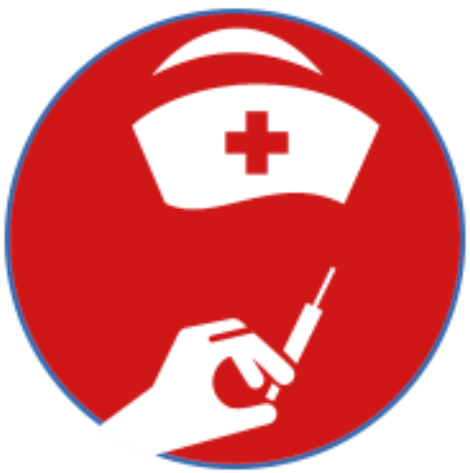INSTRUCTIONS

As a therapist, you will need to use critical thinking skills on a daily basis. Critical
thinking is not only an important part of reading and designing research in this
class, it is an important skill in our everyday lives. It is important to identify our
strengths and weaknesses in our own thinking and how this can lead to cognitive
distortions. In therapy, cognitive distortions can lead you to making assumptions
about your clients that are not accurate and may impede therapeutic success. In
this class, cognitive distortions can lead to creating biased research.
Under the Course Materials folder in Week 1, you will find power point slides
covering the 25 Standards of Critical Thinking, a document about cognitive
distortions, and other materials that you will need to use to respond to the prompt.
When discussing the standards, be sure to write out the entire standard.
- Select one of the standards of critical thinking and discuss how it is one of your strengths and
how you use it in your everyday life. How this will be an asset in your work as a therapist? - Select one standard of critical thinking that is your weakness and how this could challenge you in
your work as a therapist. - Discuss how this weakness is related to one of the cognitive distortions in the document provided
under Week 1. Clearly identify the cognitive distortion. - Using the Ted Talk video under Week 1, and any other resources that you find on your own,
discuss how you think you can improve your weakest standard of critical thinking during this
class.
ANSWER
Critical thinking is a crucial skill for a therapist. In their work, therapists experience challenges that require creativity and in-depth thinking both of which are enhanced by critical thinking. In the course contents on Standards of Critical Thinking, I found Standard xx to resonate with my capabilities. Specifically, Standard xx indicates that xx xxx xxx (Paul & Elder, 2007). The video also highlights the importance of questioning in critical thinking by mentioning that critical thinking entails … To access full answer, use the purchase button below to proceed.
